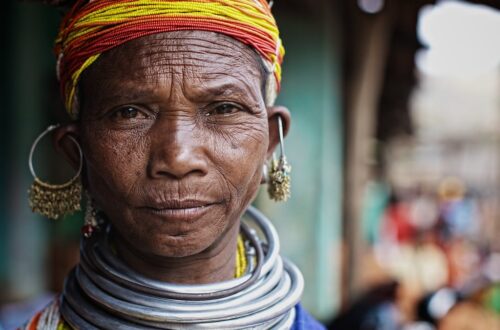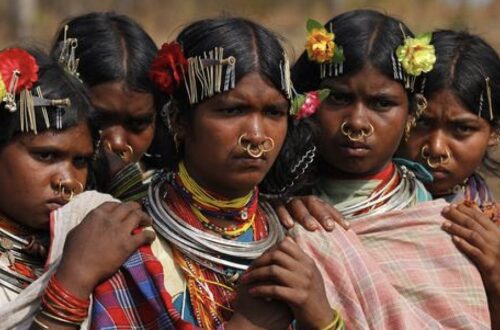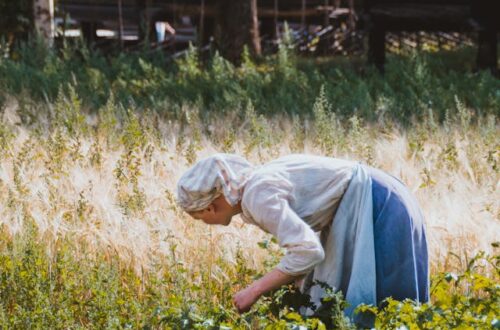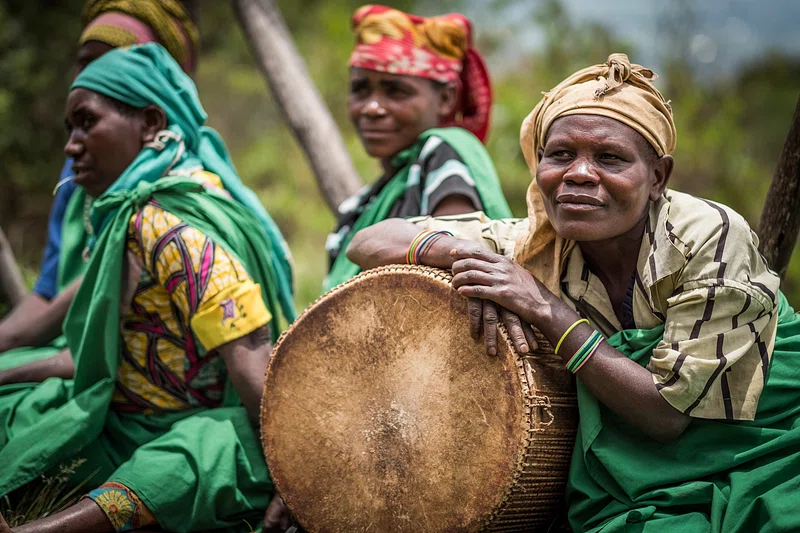
Unveiling the Treasures of India’s Tribal Village Markets
India’s tribal village markets stand as vibrant showcases of indigenous culture, preserving ancient traditions and craftsmanship that have been handed down through generations. In this extensive exploration, we delve into the heart of these markets, unveiling the diverse array of popular tribal products that tell the tales of rich heritage and artisanal excellence.
The Looms of Tradition: Tribal Textiles
Tribal textiles are a testament to India’s rich cultural tapestry, with each tribe weaving its unique stories into fabric. The art of textile weaving is deeply ingrained in the traditions of many tribal communities, producing vibrant and distinctive textiles.
Banarasi Sarees of Varanasi
While Banarasi sarees are more commonly associated with the city of Varanasi, tribal communities in the surrounding areas contribute significantly to the weaving tradition. These sarees are characterized by intricate zari work, often depicting traditional motifs and religious symbols. The handwoven elegance of Banarasi sarees transcends regional boundaries, making them sought-after cultural treasures.
Pochampally Ikat Weaves
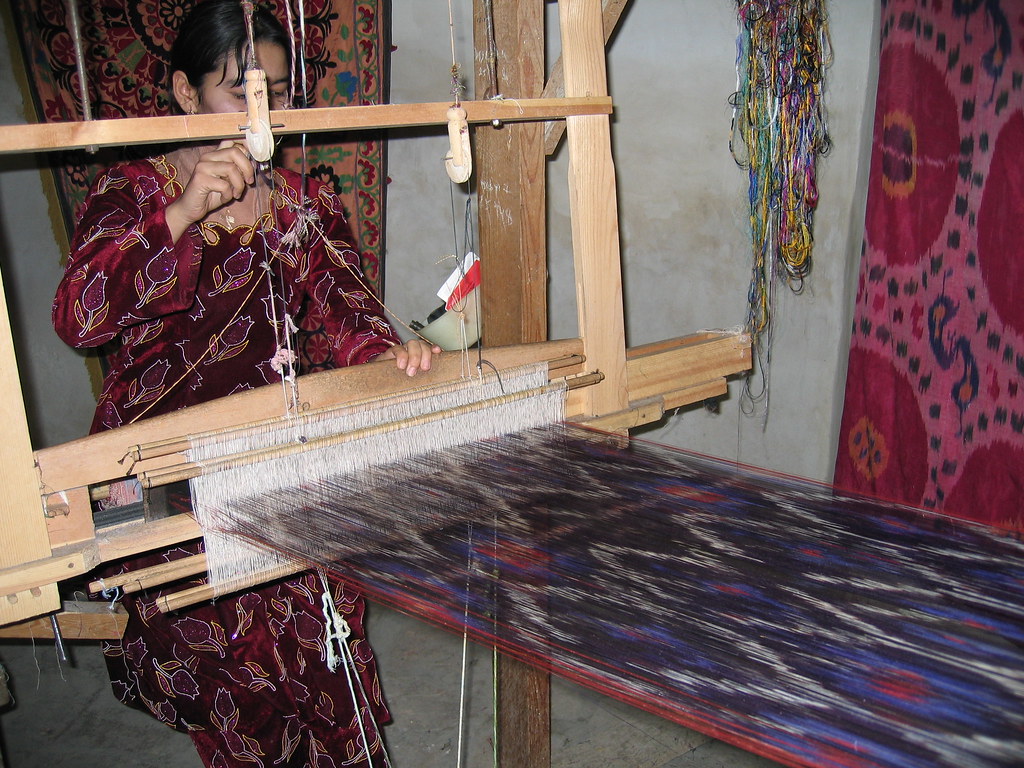
The Pochampally region, located in Telangana, is renowned for its exquisite Ikat weaves. Tribal artisans skillfully dye the yarn before weaving, creating geometric patterns that are a hallmark of Ikat textiles. The vibrant colors and meticulous craftsmanship make Pochampally sarees and fabrics highly coveted not only in India but also on the global stage.
Kutch Embroidery: A Riot of Colors
The Kutch region in Gujarat is a treasure trove of tribal craftsmanship, and Kutchi embroidery stands out for its vibrant colors and intricate designs. Traditional Kutch embroidery often features mirror work, chain stitching, and vibrant threadwork, creating visually stunning pieces. Products like Kutchi dupattas, blouses, and wall hangings are popular among those who appreciate the artistry of handcrafted textiles.
Pottery and Ceramic Marvels
Tribal pottery and ceramic arts are expressions of the intimate connection between communities and their environment. These functional and artistic creations provide a glimpse into the traditions and lifestyles of various tribes across India.
Khurja Pottery from Uttar Pradesh
Khurja, situated in the state of Uttar Pradesh, is known for its vibrant and intricately designed pottery. The Khurja pottery tradition has been practiced by local artisans for generations, producing a wide range of items, from dinnerware to decorative pieces. The use of bright colors and elaborate patterns reflects the lively spirit of the tribal communities in the region.
Terracotta Wonders of Bankura, West Bengal
The terracotta art of Bankura, West Bengal, is an ancient craft that finds its roots in the region’s tribal traditions. Skilled artisans mold clay into various forms, including figurines, panels, and ritualistic items. The terracotta horses and elephants crafted by Bankura artisans are particularly popular and are often used as decorative pieces in homes and gardens.
Black Pottery of Manipur
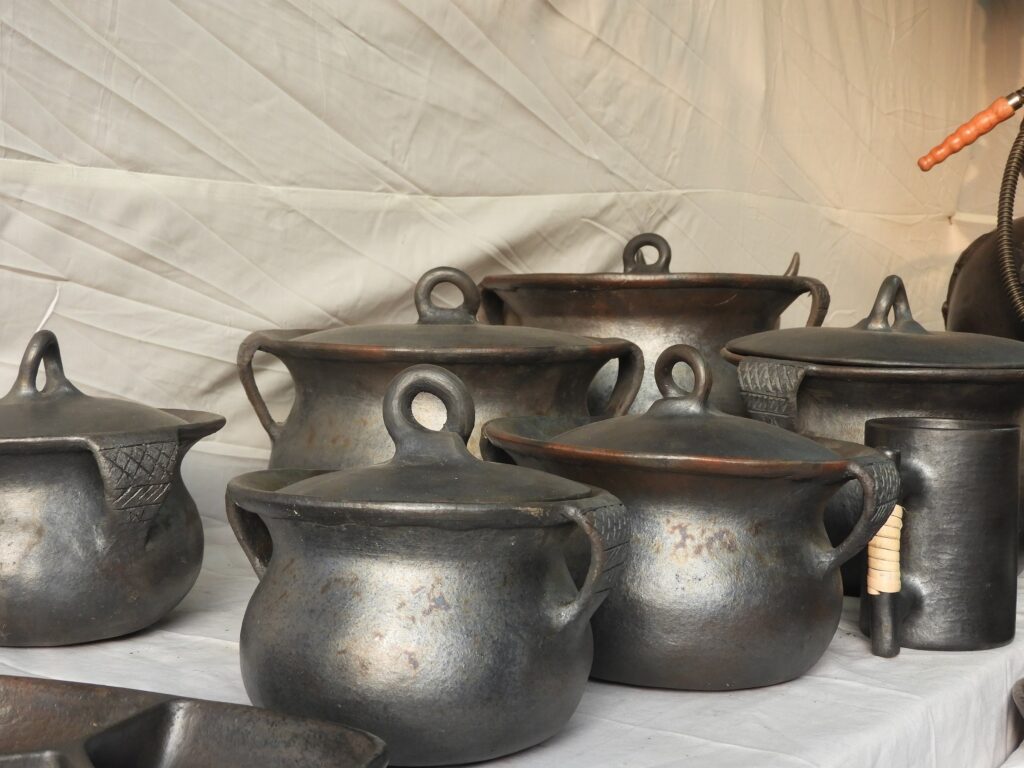
In the northeastern state of Manipur, the Longpi Hampai tradition of black pottery thrives among the Tangkhul Naga tribe. Crafted from a unique mixture of serpentinite and weathered rock, these pots are not only functional but also hold cultural significance. The black pottery of Manipur has gained recognition for its distinct appearance and durability, making it a favorite among collectors.
Tribal Jewelry: Adornments of Cultural Identity
Tribal jewelry is a manifestation of cultural identity, with each piece telling a story of heritage and symbolism. From intricate beadwork to metal crafts, these adornments play a crucial role in tribal rituals and everyday life.
Dokra Jewelry: Metal Marvels of Central India
Dokra, an ancient metal-casting technique, is prevalent among tribal communities in Central India. The Dhokra craftsmen use a blend of brass and bronze to create stunning jewelry pieces, such as necklaces, earrings, and bangles. Each piece is unique, featuring intricate tribal motifs that reflect the cultural identity of the artisans.
Beadwork of the Kondh Tribe
The Kondh tribe, predominantly found in Odisha, is known for its exquisite beadwork. Using vibrant colors and intricate patterns, Kondh artisans craft necklaces, bracelets, and headpieces. These beadwork creations are not merely accessories; they are symbols of cultural pride and are often worn during festivals and ceremonies.
Silver Jewelry of the Bhil Tribe

The Bhil tribe, inhabiting various regions across India, is renowned for its silver jewelry. Crafted by skilled Bhil artisans, these pieces often feature geometric designs and motifs inspired by nature. Silver jewelry holds immense cultural significance for the Bhil tribe, symbolizing social status, spirituality, and familial bonds.
Check out the Tribal Jewelry


Tribal Artistry in Wood and Bamboo
The use of wood and bamboo in tribal craftsmanship reflects a harmonious relationship between communities and their natural surroundings. From intricately carved wooden artifacts to durable bamboo products, tribal artisans create functional and artistic pieces.
Warli Art on Wooden Canvas
The Warli tribe, predominantly found in Maharashtra, is known for its distinctive Warli art, which often adorns wooden canvases. These paintings depict scenes of daily life, rituals, and nature using simple geometric shapes. Warli art has transcended traditional canvases and found its way onto wooden trays, coasters, and other functional items, creating a unique fusion of tradition and utility.
Bamboo Craft of the Nagas
In the northeastern state of Nagaland, the Naga tribes showcase their expertise in bamboo craftsmanship. Bamboo is transformed into a myriad of products, including baskets, mats, and even furniture. The intricate weaving patterns and sustainable use of bamboo highlight the deep connection between Naga communities and their natural environment.
Madhubani-Inspired Wooden Artefacts
The Madhubani art form, originating in Bihar, finds expression not only on canvas but also on wooden artifacts. Traditional wooden items such as trays, boxes, and furniture are adorned with vibrant Madhubani motifs, creating functional art pieces that reflect the cultural heritage of the Mithila region.
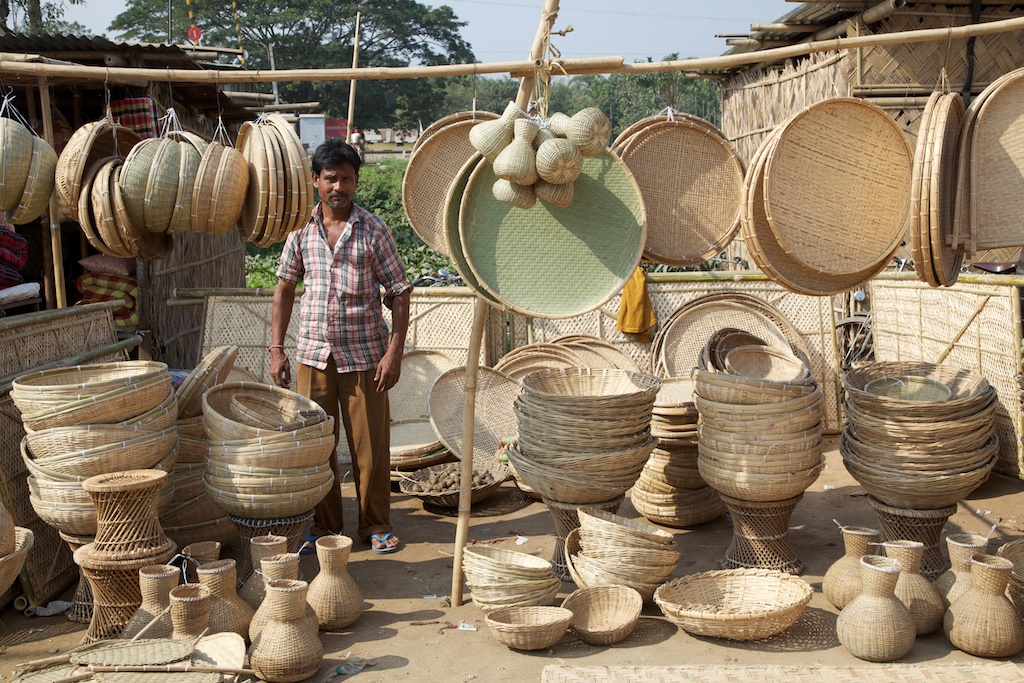
Experience the charm of rural living
Herbal Remedies and Tribal Medicinal Practices
Tribal communities have a profound understanding of the healing properties of plants and herbs, and their traditional medicinal practices have been passed down through generations. Herbal remedies from these communities are gaining recognition for their holistic approach to health and wellness.
Siddha Medicinal Products from the Nilgiris
The tribal communities of the Nilgiri Hills in Tamil Nadu have a rich tradition of Siddha medicine, a system that emphasizes the use of natural ingredients for healing. Herbal products, including oils, balms, and powders, are crafted using indigenous plants known for their medicinal properties. These products are sought after for their effectiveness and the sustainable harvesting practices employed by the tribal communities.
Ayurvedic Infusions of the Bhotia Tribe
The Bhotia tribe in the Himalayan region practices traditional Ayurvedic medicine, utilizing local herbs and plants to create herbal infusions. These infusions, often brewed as teas, are believed to have various health benefits, ranging from promoting digestion to boosting immunity. The Bhotia tribe’s deep knowledge of the local flora contributes to the popularity of their herbal remedies.
Challenges and Opportunities for Tribal Products
While tribal products hold immense cultural and economic value, they also face challenges in a rapidly changing world. Balancing tradition with modernity, overcoming market challenges, and preserving cultural authenticity are crucial aspects that require attention.
Market Access and Globalization
The globalization of markets has both positive and negative implications for tribal artisans. While it opens up new avenues for showcasing and selling tribal products on a global scale, it also exposes them to competition from mass-produced goods. Ensuring fair market access and promoting the authenticity of tribal products are essential for sustaining the livelihoods of tribal artisans.
Conservation of Traditional Knowledge
The transmission of traditional knowledge from one generation to the next is vital for the survival of tribal crafts. However, factors such as migration, changing lifestyles, and limited opportunities for apprenticeships pose challenges to the continuity of these traditions. Efforts to document, preserve, and pass on traditional knowledge are essential for safeguarding the authenticity of tribal products.
Experience the charm of rural living
Conclusion
India’s tribal village markets are reservoirs of cultural heritage, echoing the stories of indigenous communities. The popularity of tribal products, ranging from textiles and jewelry to pottery and herbal remedies, is a testament to the enduring appeal of artisanal craftsmanship. As we celebrate the diversity and richness of these products, it is crucial to recognize the challenges faced by tribal artisans and work towards creating sustainable models that empower these communities while preserving their invaluable cultural legacy. In supporting and appreciating tribal products, we contribute not only to the economic well-being of the artisans but also to the preservation of India’s cultural mosaic.


